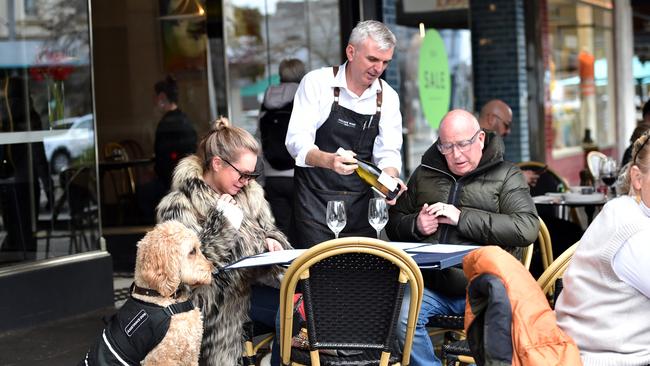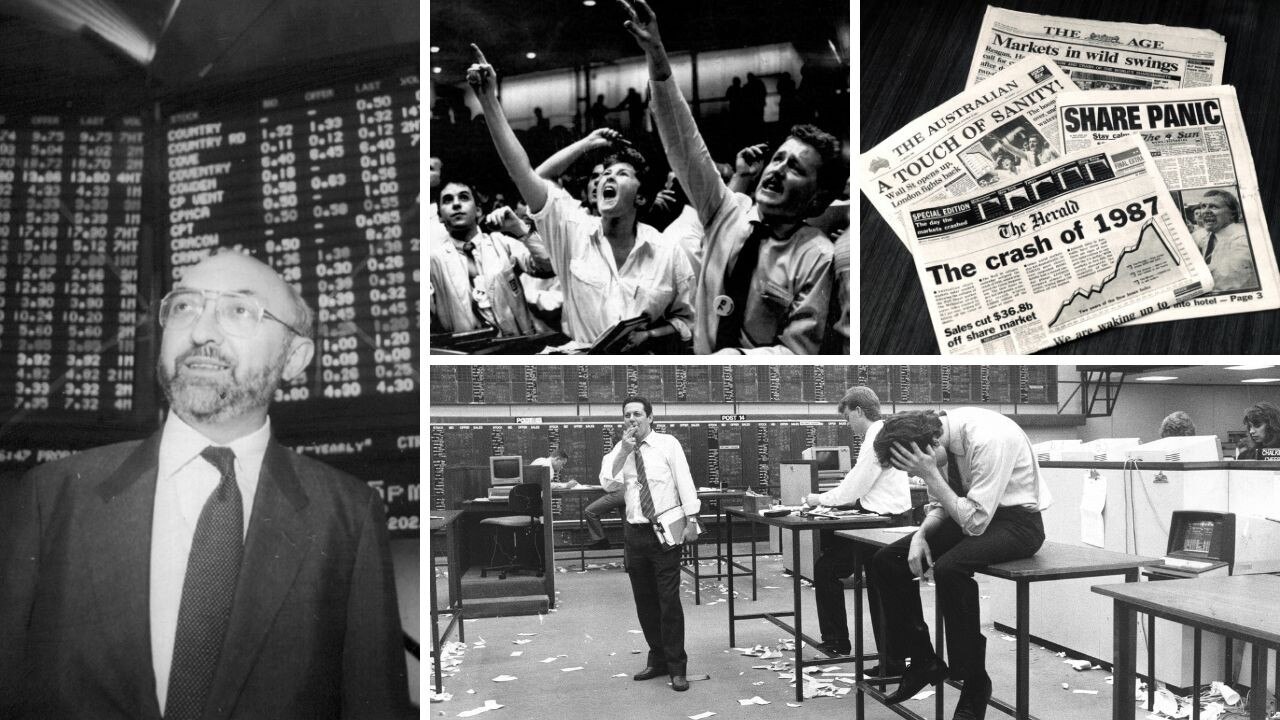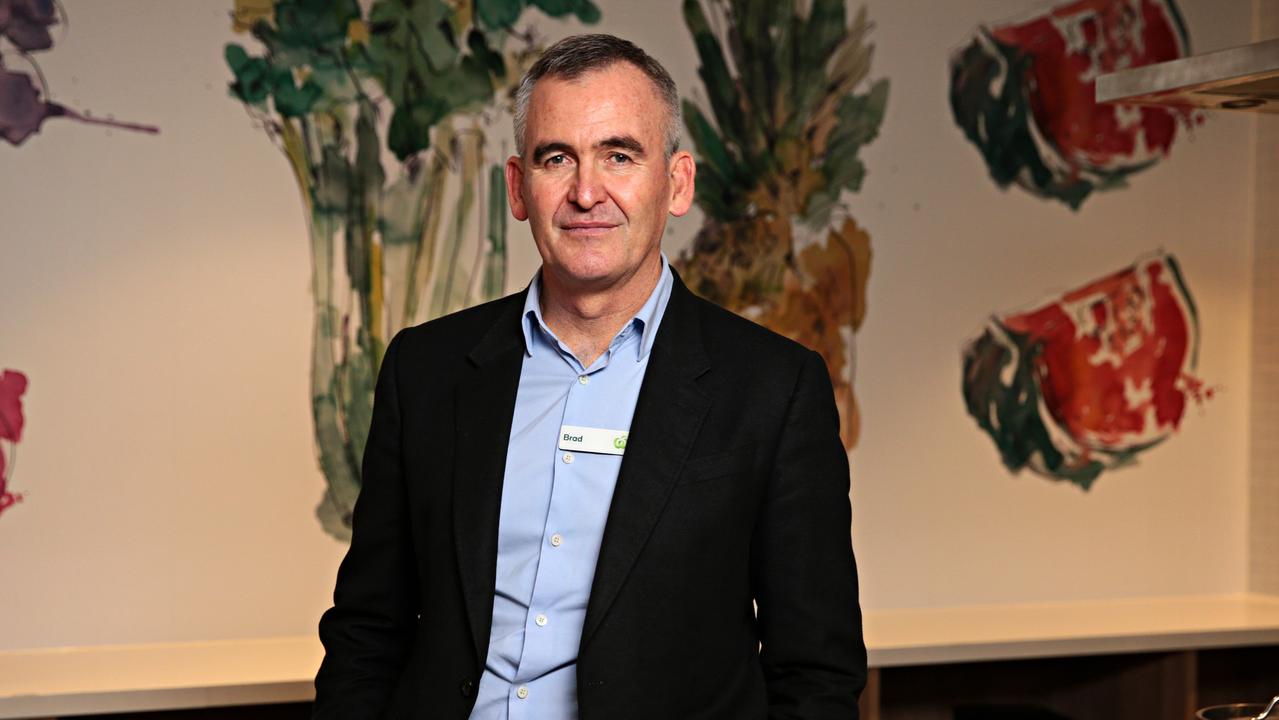Migration balancing act for a ‘better’ Australia
There is a straight line between Scott Morrison’s decision to close the international border in March 2020 and last month’s unemployment number of 3.5 per cent.

Terry McCrann
Don't miss out on the headlines from Terry McCrann. Followed categories will be added to My News.
In March 2020 then prime minister Scott Morrison closed the international border.
There is a straight line from that decision to the 3.5 per cent unemployment number for June – the lowest it’s been in nearly 50 years.
Just as extraordinary – and indeed, importantly, welcome – as the actual jobless number was the revelation from the Australian Bureau of Statistics that there were almost as many job vacancies as the jobless.
Think about that: there was actually a job available for (almost) every single one of the jobless. Theoretically, we could have had a zero jobless rate.
In nearly 50 years of financial and economic commentary, I can’t recall that ever happening before.
Now yes, that’s only in theory and only because of the way the ABS – and, for global uniformity, the other national statistical bureaus as well – defines being employed. That you worked a minimum of just one hour a week.
The best pointer that we don’t really have a “fully-employed workforce” is that, as the ABS numbers showed, the under-employment rate was still 6.1 per cent. Some 860,000 Australians wanted to work longer hours but couldn’t.
Equally, the Roy Morgan figures, which were far more accurate in capturing the real state of play in the really dark days of the national lockdown in mid-2020, still show a higher jobless rate of 7.8 per cent.
Nevertheless, statistical fine-print aside, there can be no question about the reality of the jobs state of play.
Businesses right across the board, plus employers like especially hospitals, are screaming out for tens of thousands of workers. People are finding they can choose between many job offers, like a landlord in Melbourne and Sydney choosing between tenants.

The fundamental reason is the 600,000 or so migrants – students, backpackers, work visa-holders, and migrants more generally – who would otherwise have come since March 2020, but just haven’t.
For two years they were prohibited; and since the prohibitions were relaxed they’ve only dribbled back.
The ABS figures showed there were now 597,000 more people with a job (as defined) than in March 2020.
Some 225,000 came out of the jobless queue, as it was back in March 2020; and a further 265,000 or so were lured – or had to go – back into the workforce. People who’d retired or given up looking for a job or previously just didn’t want to work.
That leaves around 100,000 – mostly young people joining the work force each year plus a dribble from immigration.
So there you have it: the best jobs situation for Australians in nearly half-a-century and the single biggest policy decision facing the new Albanese Labor government.
Not the silly nonsense over climate change, but does it turn on the immigration tap full bore again?
And even if it does, to borrow from the Kevin Costner movie quote: open the border wide, yes, but will they come? They haven’t much since the border opened.
It’s an excruciating dilemma.
Get the migrant flow running again, even force-feed it; give business the workers they need, universities the students they desperately want, farmers the seasonal workers they can’t survive without.
And in the process destroy the best jobs situation Australian workers have had in half-a-century; cripple the ability of workers to get the real pay increases they pretty much haven’t had this century so far.
Indeed, just asking, for a friend: shouldn’t a Labor government be more concerned about worker wages than business profits?
Yes, let me promptly answer my friend’s question: without ‘business profits’ and business survival, there wouldn’t be (higher) worker wages; indeed, there wouldn’t be the very jobs and wages at all.
It is all a matter of balance. It is also about the much more fundamental question: the choice between a ‘bigger Australia’ and a ‘better Australia’.
Since the turn of the century we’ve been on a mindless pursuit of an ever-bigger Australia. Yes, the ‘pie’s’ got bigger, but it’s had to be shared between more people. Real living standards have gone sideways.
As the boys at the MacroBusiness website rather neatly put it: “More immigration needed to build stuff for migrants.”
As I put it: do we really want to turn all our freeways into 8-lanes each way, keeping them in a near-permanent state of construction?
Yes, migrants have been the ‘building of’ the (since 1788) Australia. Yes, we need a sustained, controlled, migrant inflow that delivers key workers across business but does not cruel the jobs market.
This also blends into the reality of a Reserve Bank raising rates – in part to fight any surge in wages, and which will hurt jobs and wages prospects.
It also feeds into the climate and energy issues. A, say, 30-million Australia makes it easier to deal with both than a 50m Australia.
Yes, an all-round very big policy issue.
–
Originally published as Migration balancing act for a ‘better’ Australia



